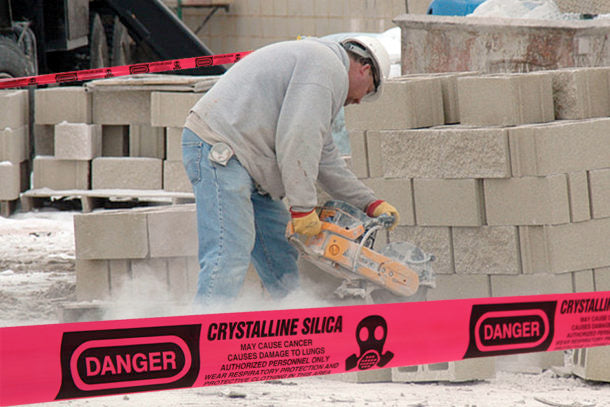Enforcement for OSHA's Crystalline Silica in Construction Standard starts July 1st. Let's take a look at the requirements for employers.
Who Does the Silica Standard Apply To?
- All employees who could be exposed to respirable silica at or above 25 ug/m3 as an 8 hour time weighted average.
This includes any foreseeable condition, which may include failure of engineering controls or foreseeable emergencies.
Silica Requirements for Employers
If exposure to respirable silica exceeds the action level, employers must
- Establish a written exposure control plan for silica.
- Perform exposure monitoring as required.
- Designate a competent person to implement the plan.
- Restrict housekeeping practices that spread silica.
- Offer medical exams every three years for employees who wear a respirator 30 or more days a year.
- Provide silica exposure controls to protect employees on site.
- Train employees on silica regulations and safe work practices.
Options for Exposure Controls
Option 1 - OSHA Recommended Engineering Controls and a Respirator
The first option is to use the OSHA recommended equipment controls for cutting and grinding, and wear a respirator with a protection factor of at least 10.
- Equipment controls use water or HEPA vacuums to control particulates at the point of emission.
- Respirators with a protection factor of 10 include dust masks and half face piece respirators.
No air sampling is required for this option.
Option 2 - Alternative Control Methods
If Option 1 is not feasible, the employer can implement their own plan, but it must include:
- Air sampling to determine the level of silica.
- A protection level that limits workers to below the PEL of 50 ug/m3.
- Dust controls and safe work practices to limit exposure.
- Training on the controls and safe work practices.
- Providing respirators when the above methods cannot reduce the exposure to below the PEL.
- Documentation in the silica exposure control plan.

